If you’re thinking about adding an Aussiedoodle to your family, or already have one at home, then this guide on Aussiedoodle training methods will help you get right on track. Aussiedoodle training can be a bit of a challenge, but with a little patience and persistence, you can train your Aussiedoodle to be a well-behaved, confident, and well-socialized dog.
There are a few different training methods you can use, such as positive reinforcement, clicker training, and mirror training, all of which we’ll discuss in this article. We’ll also cover some common Aussiedoodle training problems and how to tackle them, along with a list of items you’ll need to successfully train your Aussiedoodle. If you’re committed to raising the most well-mannered pup on the block, then keep on reading.
Table of Contents
- Best Age To Start Training Your Aussiedoodle Puppy
- How To Train An Aussiedoodle?
- Aussiedoodle Training Sample Routine
- 3 Obedience Training Methods For Your Aussiedoodle
- The Training Items You Absolutely Need For Your Aussiedoodle
- Aussiedoodle Training: Common Issues & How to Tackle Them
- Need Some Extra Help When Training Your Aussiedoodle?
- Aussiedoodle Training: Frequently Asked Questions
- Final Thoughts
Learn How to Care for Your Doodle Puppy!

Perfect for first-time Doodle parents, get ALL your questions answered, including questions new Doodle parents don’t even think to ask.
Plus, get $700 worth of Bonus Materials for FREE, including:- Doodle Parenthood Community and Support Group ($190 value)
- Doodle Puppy Growth Tracker ($20 value)
- EMERGENCY Cheatsheet: When To Call The Vet Immediately ($50 value)
- HELP! Button ($145 value)
- And SO MUCH MORE!
Best Age To Start Training Your Aussiedoodle Puppy
Raising a well-behaved Aussiedoodle doesn’t happen overnight, but it’s definitely a process that’s worth your time. With consistency, positive reinforcement, exercise, and socialization, your pup likely won’t take very long to be trained, especially considering how smart Aussiedoodles are.
In terms of timing, the earlier you start training your pup, the better. Training at a young age helps set the foundation for good behaviors as your dog matures.
Many responsible breeders will start training their puppies before they are even adopted. They start with early socialization, potty training, crate training, and basic manners, all of which greatly contribute to the puppies’ proper development.
However, keep in mind that 8 week old puppies aren’t usually fully house trained when they get adopted – Aussiedoodle training does take time! You’ll need to continue with your puppy’s training routine even after adoption. Remember, your puppy is still a baby and needs some guidance. With a little patience and effort, you can have a well-behaved Aussiedoodle in no time.
How To Train An Aussiedoodle?
So, how to train an Aussiedoodle? There’s a lot involved in training an Aussiedoodle – from establishing a routine to using different training methods. Before we discuss the best Aussiedoodle training methods, there are two simple, yet very effective things to help you get started and set you and your pup up for success:
Establish A Routine
One of the first things you will need to do is establish up a routine for your pup and stick to it. Aussiedoodles are creatures of habit and like to know what is expected of them, which in turn makes training more consistent overall. This will also help them feel more secure in their surroundings, which is especially important for puppies that have just left everything they’ve known so far and moved into a new home with a new family.
Meal times are a good place to start – try to feed your pup at the same time each day so they know when it’s time to eat. A simple method for that is to schedule your Aussiedoodle’s meal times around your own breakfast, lunch, and dinner. Make sure mealtimes are followed by potty breaks, and everything else will fall into place around these two things.
Of course, if you have other family members who live in your house, make sure they all follow the same routine when interacting with the puppy, so that they’ll consistently follow the same schedule.
By the way, we have prepared a sample Aussiedoodle training routine, which you’ll find a bit later on in this article.
Socialize Your Puppy
By consistently training your Aussiedoodle, you’ll teach them how to behave in certain situations, but also around people and other animals, which is vital for a social dog. Although Aussiedoodles are naturally affectionate and outgoing, you’ll also want to focus on your puppy’s emotional development.
Before you take your puppy to the local dog park, make sure that they’re fully-vaccinated and have the green light from your vet.
Puppy socialization is just as important and helps them learn how to interact with others in a positive way. Teaching them how to interact with people of all ages and other animals will help them thrive in social situations.
However, before taking your Aussiedoodle puppy to the local dog park, make sure they’re fully vaccinated, you may want to consult with your vet beforehand. Once they’re ready, let them explore and make new friends! Socialization is key to a happy and healthy pup.
Aussiedoodle Training Sample Routine
Although it definitely takes time and effort on your part, training an Aussiedoodle should be relatively easy, as long as you stay consistent. As we discussed earlier, by establishing a daily routine and consistently following it, you’ll have a much easier time teaching your puppy good behaviors while supporting their development in all areas. Here are a few tips to help you get started:
Tip #1:
Potty time right after waking up. When your Aussiedoodle wakes up from a good night’s sleep. The first thing they’ll need to do is relieve themselves. To avoid any accidents, be sure to take them outside as soon as they wake up. Otherwise, you may have to start the day by cleaning up an accident inside the house.
Tip #2:
Schedule in your puppy’s mealtimes, around your own breakfast, lunch, and dinner. You can also use mealtimes as an opportunity for socialization – your pup can get used to being around people.
Tip #3:
Potty breaks after meals. Puppies have to relieve themselves about 30 to 60 minutes after each meal. If you’re still housetraining, the safest option would be to take your pup out every hour to avoid any unfortunate accidents around the house.
Tip #4:
After potty breaks, it’s time for some exercise. Make sure you don’t make your pup exercise for too long, as they don’t have the same stamina yet as adult dogs.
Tip #5:
Potty breaks after exercising. After all that fun, it’s time for another potty break.
Tip: #6
Naptime. Now that your pup has had its meal, two potty breaks, and a good workout, they’re likely tired and need a little bit of time to recharge. Did you know that puppies can sleep as much as 18 hours a day? Make sure they get their uninterrupted beauty sleep.
Tip #7:
Potty break after waking up. As you might’ve guessed, your puppy will have to go potty once again after they’ve woken up from their refreshing nap.
Tip #8:
Go to bed at the same time every day. In addition to scheduling mealtimes and potty breaks, we also recommend you and your pup follow the same bedtime routine every day. Be sure to take them out for potty once more before bedtime.
Tip #9:
Consider your puppy’s age. 8-12 week old puppies should eat around 3-4 meals a day, whereas 3-5 month old pups can do very well on 3 meals a day. Between 6 and 8 months of age, a puppy will likely be ready to switch to 2 meals a day. This will also help you plan potty breaks around mealtimes during different stages of puppyhood.
Here’s a sample Aussiedoodle training routine that you can use as a guideline:

3 Obedience Training Methods For Your Aussiedoodle
Positive Reinforcement
One of the most important Aussiedoodle training techniques is positive reinforcement training. This means rewarding your pup for good behaviors with praise, treats, or toys. This will help teach your dog to associate good things with certain behaviors, encouraging them to repeat those behaviors in the future. Be consistent with rewards. Whether it’s verbal praise, treats, or a pat on the head, always reward your pup when they obey a command.
Meanwhile, unwanted and undesired behaviors should simply go ignored, so you won’t give any attention to bad behaviors. Never punish your pup, raise your voice, or behave aggressively towards them, as this often has the exact opposite effect.
Clicker Training
A form of positive reinforcement training, clicker training is a popular choice amongst dog breeders and professional trainers. Clicker training is an effective way to teach your dog new tricks or behaviors because it is highly motivating for dogs and provides them with instant feedback. In a nutshell, a clicker is a small hand-held device that makes a short, distinct sound. The sound of the clicker is used to mark a desired behavior.
For example, if you are teaching your dog to sit, you would wait until they sit down and then immediately click the clicker and give them a treat. Your Dood quickly learns that the sound of the clicker means they’ve done something right and will receive a reward.
Mirror Training
One training method that can be particularly helpful is mirror training. The mirror training method combines elements of both positive reinforcement training and clicker training. With this technique, you act as a role model for your pup, teaching them how to behave by following your lead.
Mirror training can be very helpful in teaching your Aussiedoodle desired behaviors and basic commands. Simply mimic the behavior you want your dog to learn and reward them when they get it right. It’s important to remember not to send any mixed signals with your own actions if you want this method to be successful.
Crate Training
Crate training is a process of teaching a puppy to be comfortable in a crate, spending time alone. This can be beneficial for a number of reasons, such as providing a safe place for the dog to relax and recharge in, or for traveling. It can also prevent destructive behaviors around the house, and help to potty train a puppy, as they will typically not relieve themselves in an enclosed space that they view as their ‘den.’
Crate training generally involves gradually helping your puppy get used to spending time in the crate, starting with short periods of time and gradually increasing the length of time spent in the crate. Be sure to provide a toy or bone to chew on and a blanket or a cushy dog bed for comfort.
Never use the crate as a form of punishment, and never leave your puppy in the crate for too long. As a general guideline, puppies can stay inside the crate for as many hours as old they are in months.
The Training Items You Absolutely Need For Your Aussiedoodle
When training your Aussiedoodle, you will need a few key items. Treats are a necessity, as they are a powerful motivator for dogs. Make sure to have plenty of those on hand. You’ll also need a food and water bowl, a dog crate, a dog bed, a collar and leash, and plenty of chew toys, as well as poop bags, to clean up after your pup.
Aussiedoodle Training: Common Issues & How to Tackle Them
If you are consistent with your training, your Aussiedoodle should learn good manners and basic commands such as sit, stay, come, down, and leave it fairly quickly. However, be prepared for some occasional misbehavior, especially during the adolescence phase – after all, they’re still a puppy! With a little patience and understanding, you can correct most unwanted behaviors.
Counter Surfing & Stealing Food
Counter surfing and stealing food are two common problems that cheeky Aussiedoodles often exhibit. One way to discourage this behavior is by placing your food out of reach – keep counters clear and put food in cabinets. You should also only feed your pup in its designated spot on the floor. If your pup persists in trying to steal food, correct them firmly but calmly – do not yell or resort to violence.
Jumping
Another common issue with Aussiedoodles is jumping on people. To discourage this behavior, simply ignore your pup when they jump up until they calm down. You can also give them a verbal cue such as “off”. Also consider that early socialization can prevent this behavior, as it helps puppies learn early how to appropriately greet people and enforce good behaviors from an early age.
Barking
Fortunately, the Aussiedoodle isn’t much of a barker. However, if your puppy has managed to learn the habit of barking at everything and everyone, you may have to step in. While it is normal for a dog to bark, excessive barking can be a nuisance.
By the way, excessive barking may hint that your Aussiedoodle isn’t mentally and physically stimulated enough. If those active Doods don’t get to exercise enough, they’re known to start exhibiting unwanted behaviors, such as barking or becoming destructive.
If your pup is barking excessively, try to find the trigger – is your pup barking at people walking by the house? Once you have identified the trigger, you can begin working on desensitizing your pup to it. For example, if he is barking when someone’s at the door, teach them to sit in a designated spot while people come in.
Leash Pulling
If your Aussiedoodle pup is pulling on its leash, they’re very likely just super excited to get outside and explore. Fortunately, there’s a very simple solution for leash pulling. When your puppy starts to pull, stop walking and make them wait until they calm down. Don’t forget to praise your Dood when they walk nicely!
Digging
Digging can also be a problem for a lot of Aussiedoodle owners. Oftentimes, digging is a symptom of boredom, which is common when active breeds like the Aussiedoodle don’t get enough exercise or mental stimulation. One way to discourage this behavior is by providing your pup with a designated digging area – a spot in the yard where it’s okay for them to dig. You can also try training your pup with a “leave it” command – if they start to dig, say “leave it” and offer them a treat.
Biting & Mouthing
Thanks to their Australian Shepherd heritage, Aussiedoodles are known for their tendency to sometimes nip and herd. While this behavior is not anything out of the ordinary, it can be a problem if not properly redirected.
A good way to discourage biting and mouthing is by using a toy – whenever your pup starts to mouth or bite you, give them a toy to chew on instead. It is also important to correct this behavior when it happens – if you ignore it, your pup will think that it is acceptable.
Eating Socks & Non-Food Items
Like many other dogs, a lot of Aussiedoodles also have a habit of eating socks and other non-food items. If your pup is doing this, it is important to keep all potential hazards out of reach – put socks in a laundry basket or in a closet where he can’t get to them. If your pup does manage to get a hold of a sock or other item, correct them firmly but calmly, and then give them a dog toy to chew on instead.
Potty Training
Although Aussiedoodles are generally easy to potty train, it can be a bit of a challenge with some puppies. Fortunately, many responsible breeders start with early potty training, so your pup will be well on its way of becoming fully house trained when you adopt them. Of course, it’s your responsibility to continue with potty training at home immediately. Crate training can be very helpful with that as well.
One way to make the process a little easier is to keep your pup on a regular potty schedule – take your pup to its potty spot at the same times each day and after he eats or drinks. It is also important to be consistent with your commands – use the same word or phrase each time you take them outside so they know what you expect from them. Never punish your pup for accidents – they’re completely normal at this life stage.
For more information on how to potty train an Aussiedoodle puppy, be sure to check out our in-depth guide on housetraining.
Need Some Extra Help When Training Your Aussiedoodle?
Aussiedoodles are luckily very easy to train, as they’re extremely intelligent and eager to please their humans. Still, it’s not uncommon for certain bad behaviors to slip through, such as excessive barking, chewing, or bad leash walking manners.
One option would be to hire a professional dog trainer who will give your puppy individual lessons over a longer period of time. You could also sign up for physical puppy training classes. You can also subscribe to an online puppy school, such as this one by Baxter & Bella, which includes tons of resources, video tutorials, and reading materials on various topics, equipping you with everything you’ll need to successfully train your Aussiedoodle from the comfort of your own home.
Need help with training?
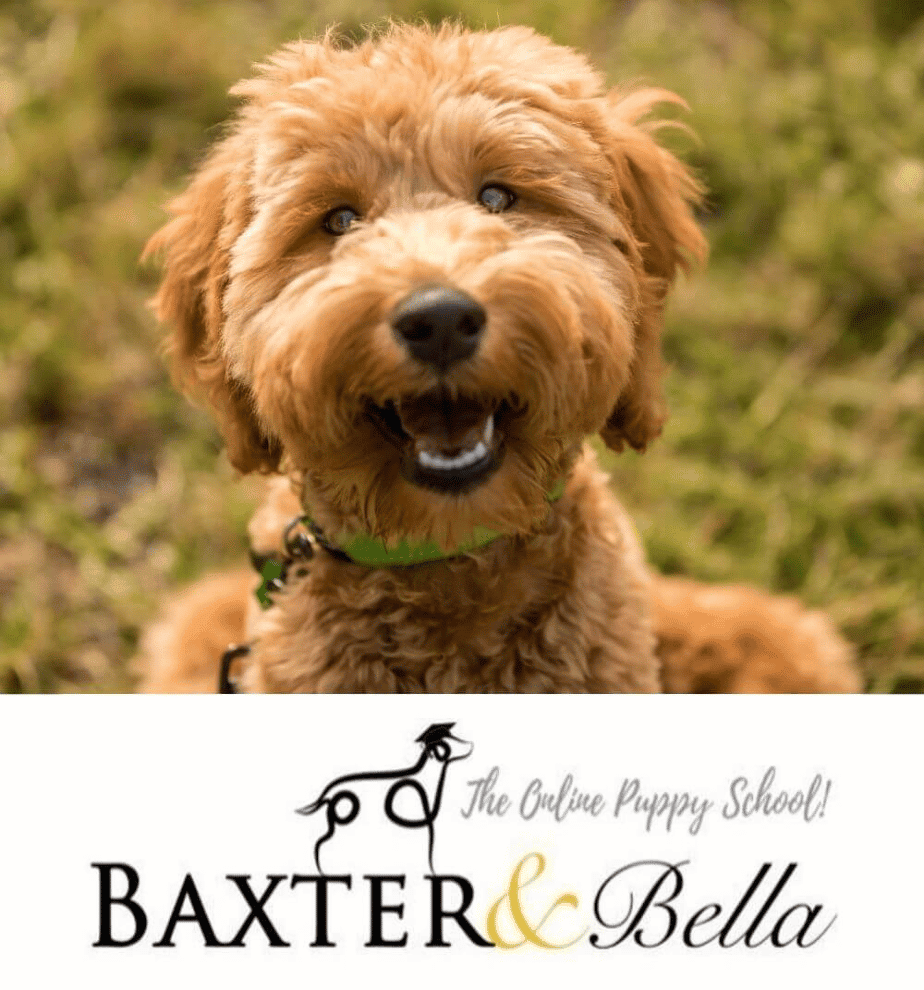
Use our discount code: DOODLEDOODS at checkout for an instant 25% off of BAXTER & BELLA, The Online Puppy School – an incredible value on their lifetime membership!
Learn More About BAXTER & BELLAAussiedoodle Training: Frequently Asked Questions
Aussiedoodles are considered easy to train, as both their purebred Australian Shepherd and Poodle parents are intelligent breeds that respond very well to training. The key is to be consistent, patient, and have fun! Remember that Aussiedoodle training should be enjoyable for both you and your pup. If it becomes too frustrating or overwhelming, take a break and try again later.
One of the most important things to remember when training your Aussiedoodle is to be consistent. Make sure all family members are on the same page and following the same routine. This will help your pup feel more secure and confident, and make training a lot easier.
There are a variety of different training methods you can use with Aussiedoodles, including positive reinforcement, clicker training, mirror training, and crate training. You can also use a combination of these methods. The key, however, is to always use positive reinforcement. Reward your pup with treats or positive praise when they do something good, and they’ll be more likely to repeat the behavior.
You should never scold or punish your puppy for not behaving in a certain way, nor should you raise your voice or behave in an aggressive manner. The only acceptable way to discipline your puppy is to remove its favorite toy or treat. After all, they’re still puppies and they’re still learning appropriate behaviors.
Final Thoughts
We hope these Aussiedoodle training methods and techniques have been helpful. Of course, every dog is different, so what works for one may not work for another. Be open to trying a variety of methods until you find what works best for you and your pup. And don’t forget to have patience – training a dog can be a time-consuming process, but it’s well worth it in the end! Stay consistent with these methods, and soon your pup will be a model citizen!

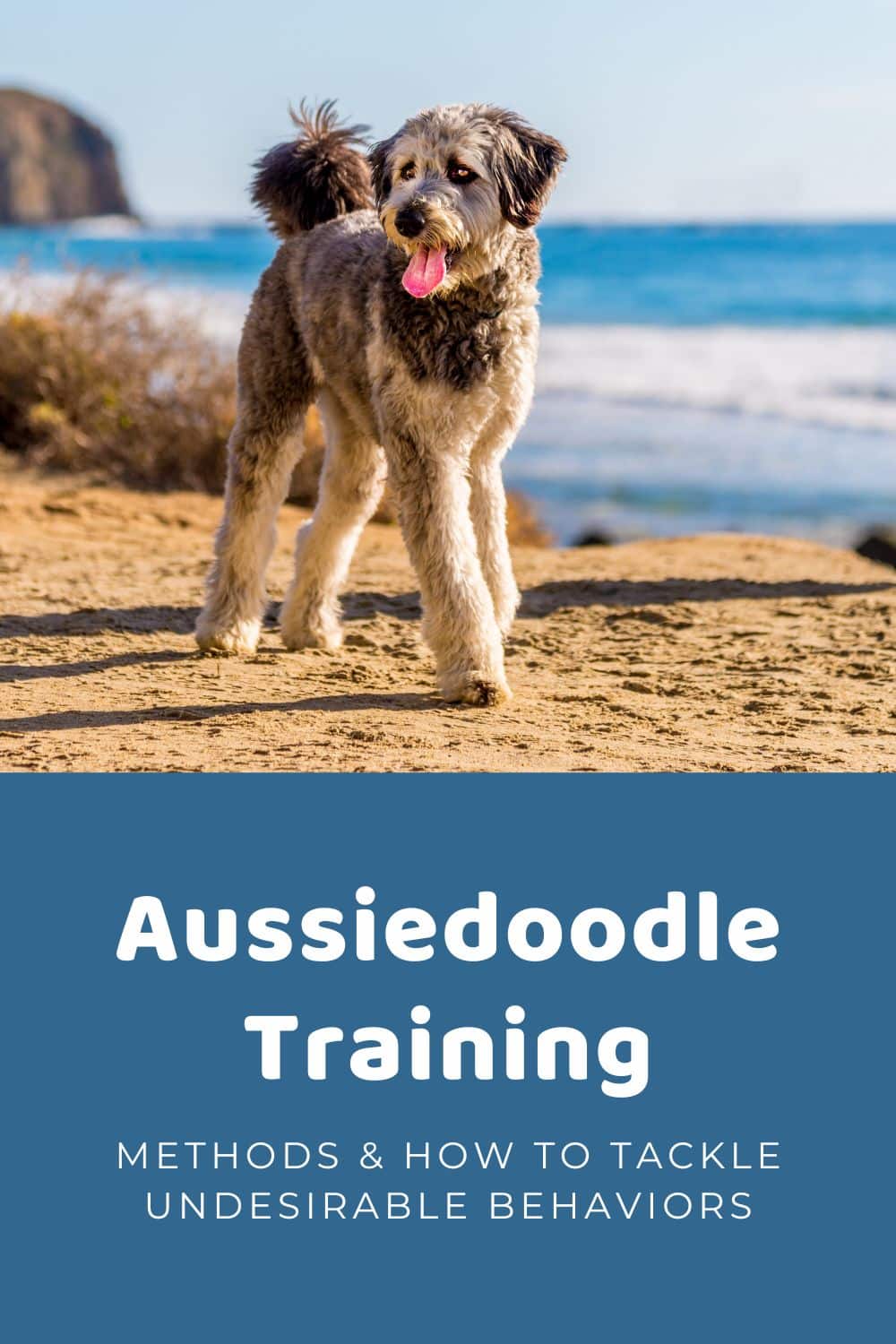


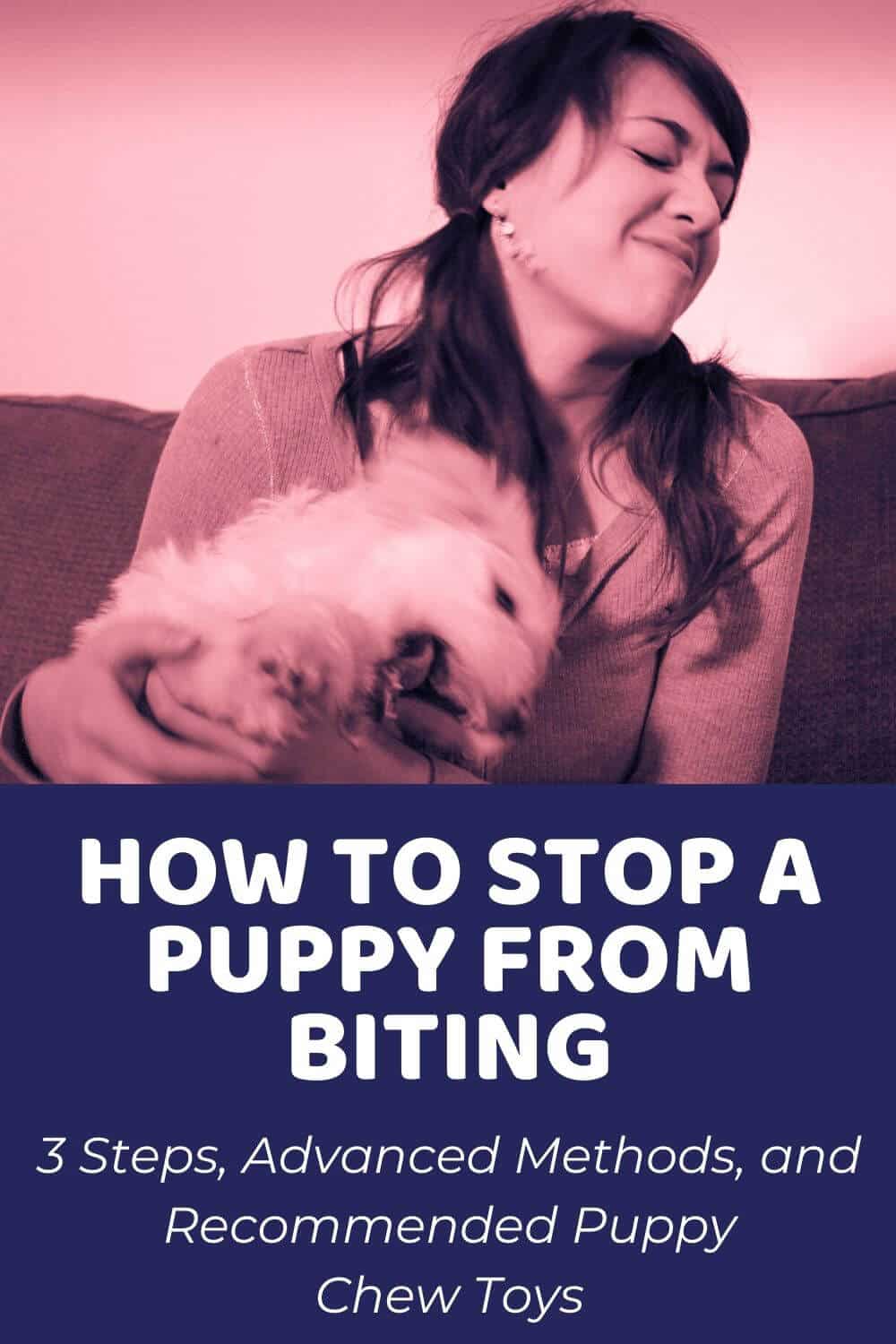
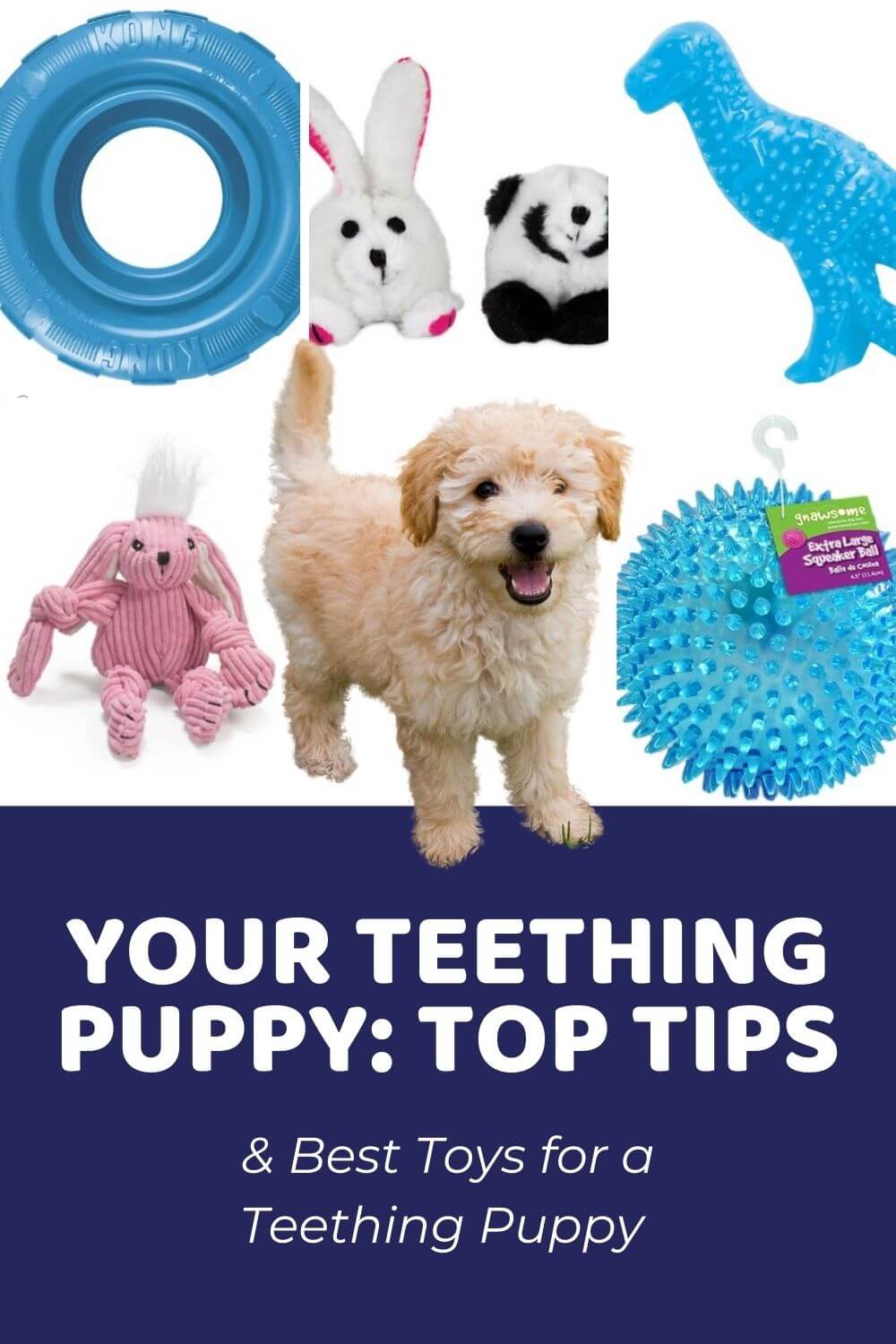
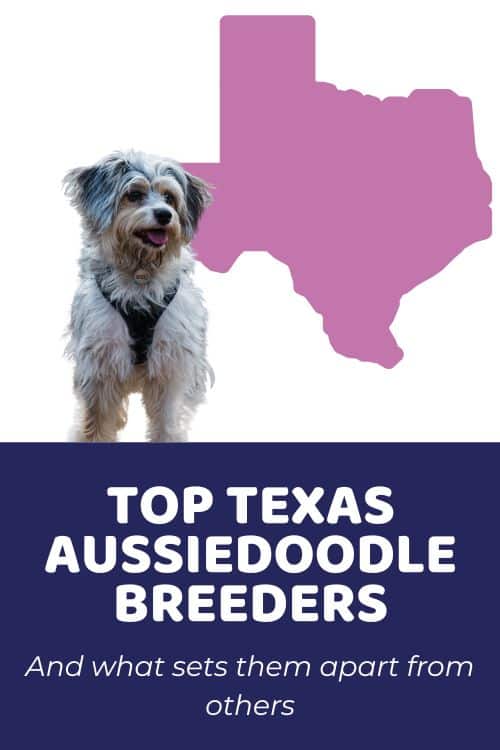
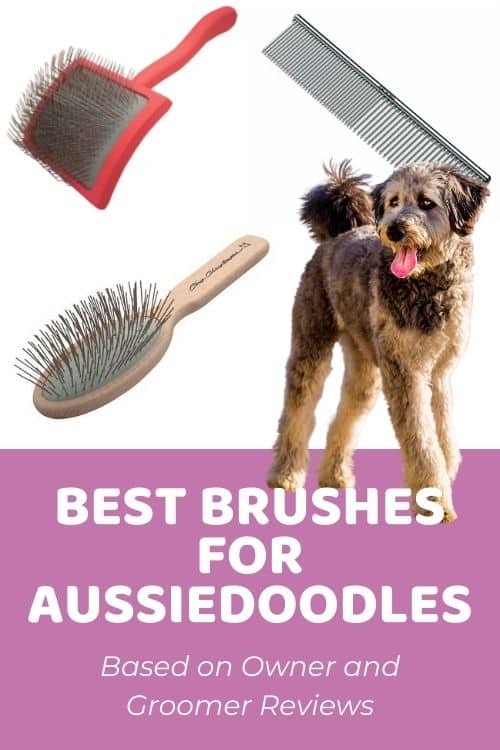
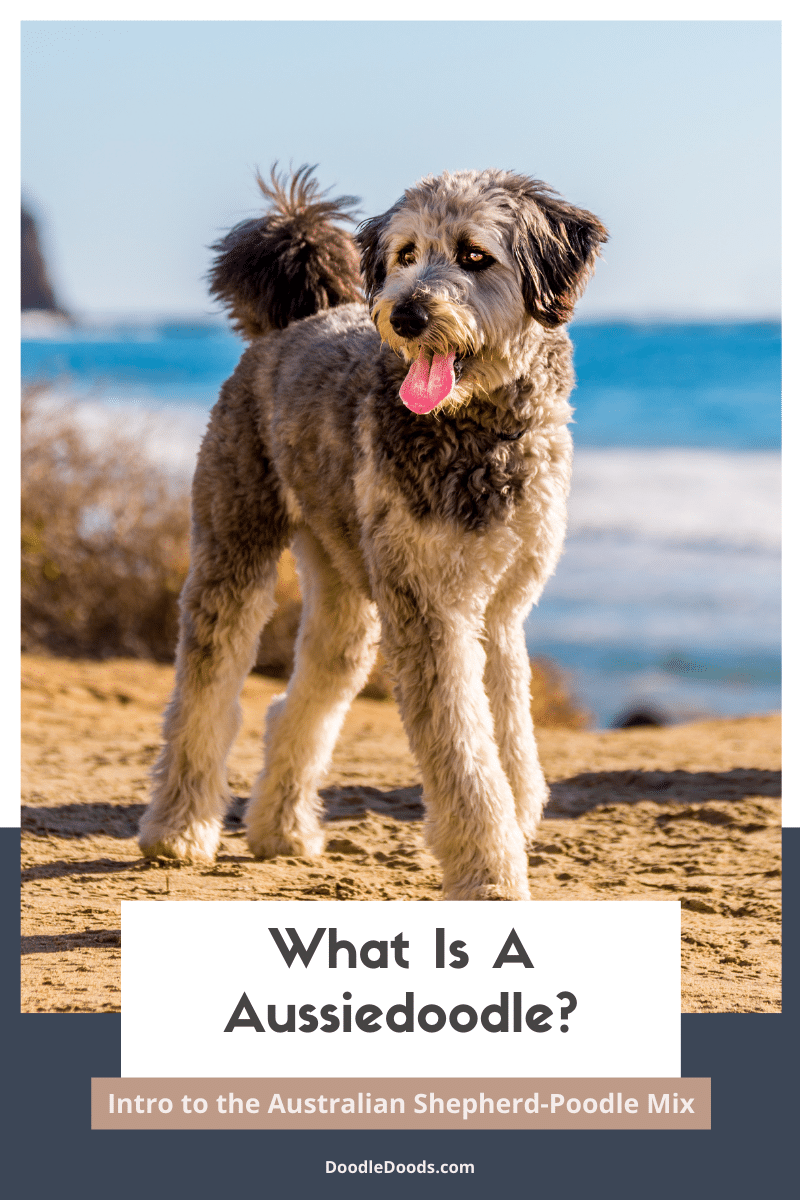





Great article!
July 2, 2023 at 4:44 amThank you.